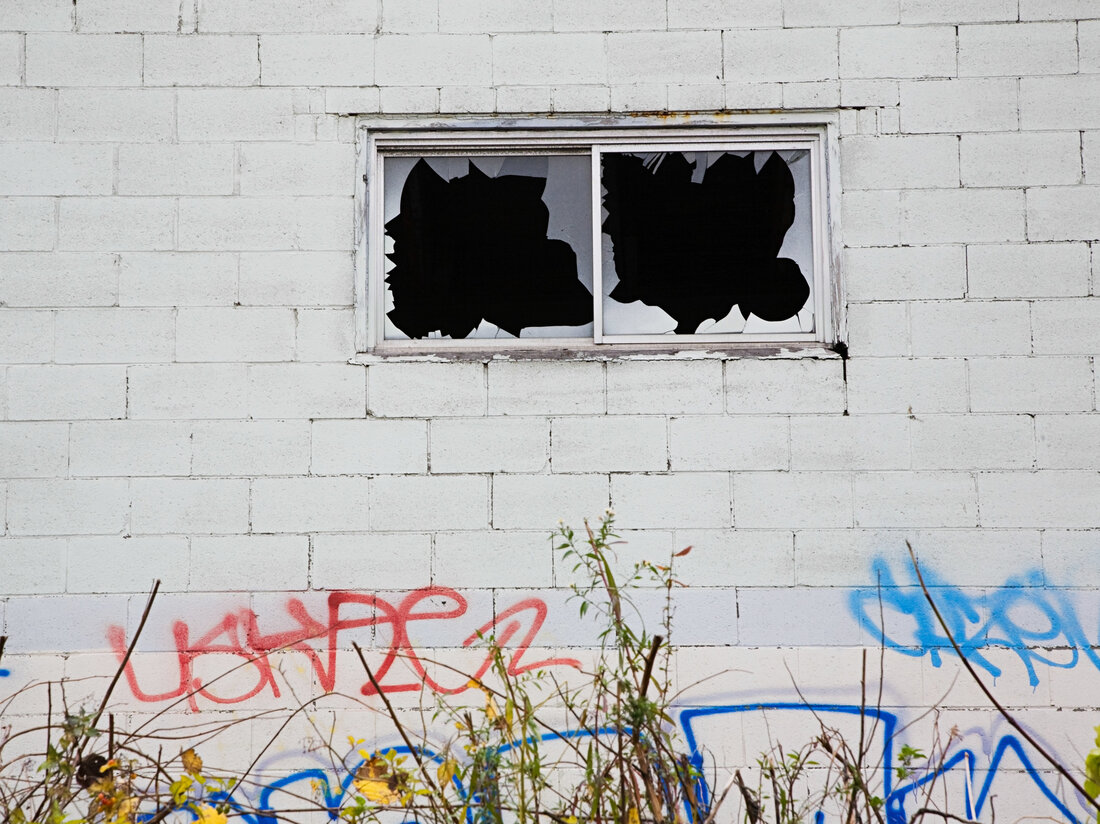Surge in NYC Subway Crimes: Is It Time to Revive ‘Broken Windows’ Policing?
New York’s liberal regime, epitomized by The Times, is growing increasingly frustrated as measures to mitigate subway violence continue to fall short. Numerous disturbing incidents, including a woman set on fire on the F train at Coney Island and a man being pushed in front of a local I.R.T. at Chelsea, persist despite various attempts made by public officials to resolve the issue. Yet, a particular strategy remains untried: the implementation of Broken Windows policing, initially championed by Mayor Giuliani and police commissioners like Bill Bratton and Raymond Kelly, which drastically reduced crime rates in the city in years past.
Broken Windows policing operates on a principle not often regarded by liberal academics who oversee criminal justice policymaking. It posits that seemingly minor offenses impacting public quality of life – graffiti, vandalism, and yes, even turnstile hopping – constitute significant public policy dilemmas. This concept was uniquely articulated in 1982 by Harvard scholars James Wilson and George Kelling in their Atlantic article.
According to Wilson and Kelling, petty crime was more than an urban annoyance; it was frequently a stepping stone to more serious offenses. Police could prevent, or at least solve, many of these crimes by promptly apprehending offenders of these minor infractions. They proposed Broken Windows policing as a strategy to combat the pervasive ‘urban decay’ afflicting American cities.
By the time New York City implemented Broken Windows policing in 1993, the resulting effect was nothing less than astonishing. In a metropolis where over 2,000 murders were sadly a yearly norm, this number decreased by more than 80%. Robberies and burglaries plummeted in a similar fashion, while instances of rape were halved.
Despite the distinct successes of Broken Windows policing, liberal voices remained critical. Some detractors argued that the enforcement of quality of life laws unfairly targeted minorities and was discriminatory. In an even extremer view, others perceived the policy as an imposition of white middle-class norms on urban populations.
When Mayors De Blasio and, to a slightly lesser extent, Adams took office, these critics of Broken Windows gained influence, and the advantages of policing minor offenses were forgotten. In an emblematic move towards more lenient law enforcement in 2018, the Manhattan district attorney announced that his office would no longer prosecute fare evaders. This laxity was further endorsed by his successor.
This significant policy shift has led to a chain of foreseeable consequences. Evading subway fares is now a commonplace occurrence, resulting in an annual loss of approximately $700 million for the Metropolitan Transportation Authority. Nearly half of all bus riders sidestep the farebox, amounting to a massive breach of law and order.
It seems that this deterioration of social norms and order is directly correlated with skyrocketing crime rates. Felony assaults within the city’s transit system have surged by 55% since 2019. In 2024 alone, there were 10 murders within the transit system, a startling increase compared to the three recorded in 2019. Incidents involving passengers being thrust onto the tracks have also seen an alarming uptick.
This fear of heightened danger is now palpably felt by subway riders. A ‘substantial increase in major categories’ of crime since the pre-COVID-19 era is evidenced by official statistics, making the once-familiar subway environment feel far more treacherous and unpredictable.
What’s shocking, however, is society’s apparent befuddlement regarding the root of this issue. These damning crime statistics have surged in the years following attempts at ‘solutions’ initiated by the city’s mayor and governor. These efforts include augmenting police presence, deploying additional National Guard units, diverting more homeless riders into shelters, and appointing officers and medics to forcefully relocate individuals to hospitals when they exhibit erratic behavior.
These remedies have been enacted and expanded upon, despite remaining glaringly ineffective. The one proven method to curb crime, known as Broken Windows policing, has oddly been left out of the toolbox. As crime rates continue to climb, it’s clear that the need to revisit this effective strategy is growing ever more urgent.

